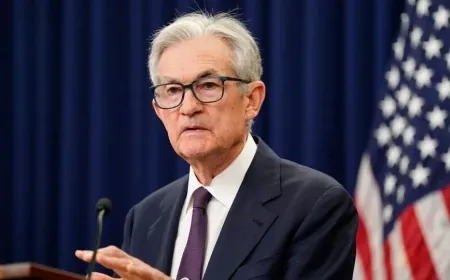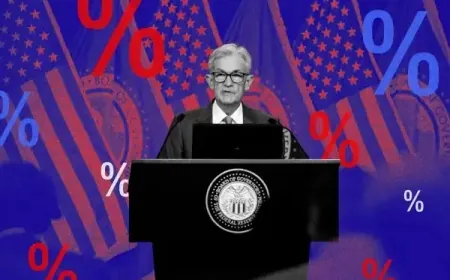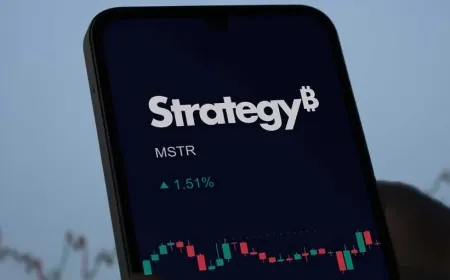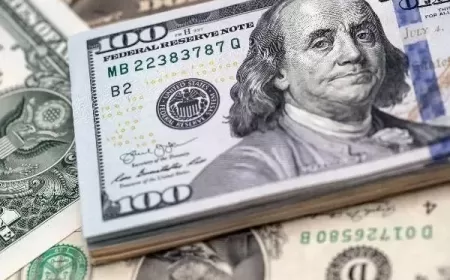Oil Prices Crash to 4-Year Low After OPEC Move and New Tariffs
Oil prices fall sharply after OPEC+ increases output and US-China trade tensions rise. Crude slides 14% in two days, raising new concerns about global supply and demand.

Oil prices have taken a steep fall, hitting levels not seen in over four years. The drop came after two major shocks to the market — a bigger-than-expected production increase from OPEC+ and worsening trade tensions between the US and China.
Brent crude has lost 14% in just two days, falling below $65 a barrel. US oil futures followed the same path, marking the lowest prices since 2021. The decline started on Thursday when US President Joe Biden rolled out a new round of tariffs, raising concerns about slower global growth and weaker demand for energy and raw materials.
Adding to the pressure, OPEC+ announced it would raise oil production far more than originally planned for May. According to sources within the group, the move was aimed at putting pressure on countries that have been exceeding their output limits.
China quickly fired back in the trade dispute, confirming a 34% tariff on all US imports starting April 10. The response intensified worries about demand for oil and other key commodities.
The selloff wasn’t limited to oil. Copper prices dropped by more than 5%, hitting their lowest level since January. European natural gas futures also saw a steep decline, losing nearly 10%. Shares of major mining firms like Glencore, BHP Group, and Rio Tinto all moved sharply lower.
For the past six months, oil prices had been moving within a tight range, held in check by OPEC+ supply cuts and spare capacity. But this week’s production hike has raised doubts about whether the group will continue supporting higher prices going forward.
Traders and analysts are now rethinking their price forecasts. Both Goldman Sachs and ING have revised their outlooks, pointing to rising supply and growing threats to demand.
“The two key risks we flagged are happening: higher OPEC+ supply and more tariffs,” Goldman analysts led by Daan Struyven wrote in a note. They also warned that price swings could continue, especially with growing fears of a global recession.
There are already signs of shifting sentiment in the market. Futures spreads have narrowed, signaling that traders expect more supply than demand in the months to come. At the same time, trading in bearish oil options has surged to record highs.
Still, some believe prices may not stay this low for long. The US has been taking a tough stance on oil producers under sanctions, including Iran and Venezuela. Lower prices could give Washington more room to restrict those nations’ output without triggering a surge in inflation.
“With ongoing threats tied to sanctions and tariffs — both for buyers and sellers — we don’t expect oil to stay under $70 for too long,” said Mukesh Sahdev, head of commodity markets at Rystad Energy.
Also Read: Massive U.S. Tariff Hits India’s Diamond Industry — Thousands of Jobs at Risk!





























































